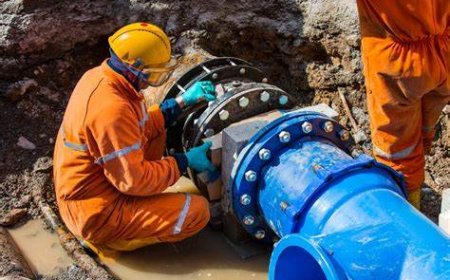- Develop skills in identifying early signs of respiratory distress and failure in diverse patient scenarios.
- Learn to assess gas exchange and acid-base balance to guide appropriate interventions.
- Gain proficiency in initiating emergency interventions and mechanical ventilation for acute respiratory failure.
- Understand how to manage chronic respiratory failure with tailored treatment approaches.
- Receive feedback on assessment accuracy, timely interventions, and prevention of complications during management.
imaginX is used by many amazing schools and universities
University / College

























